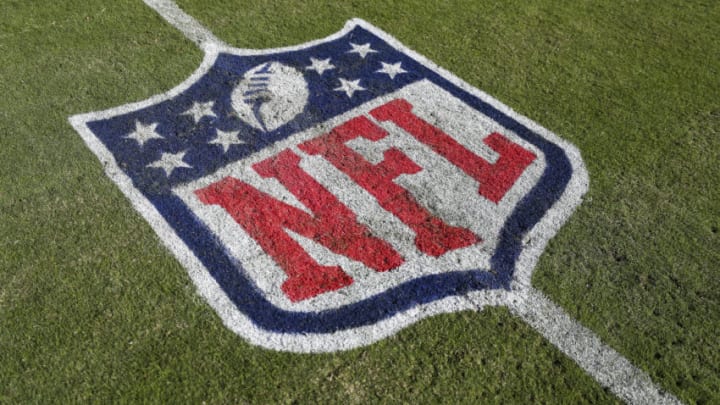The debate between playing on natural grass or artificial turf has been ongoing for the NFL, and now another stadium is replacing its grass with turf.
In a study by the NFL between 2012 and 2018, the league found that players have a 28 percent higher rate of non-contact lower extremity injuries when playing on artificial turf.
According to data obtained by Kevin Seifert, an ESPN NFL reporter, the injury rates on non-contact injuries to lower extremities are statistically the same on natural surfaces vs. artificial turf. The data dates back to 2018. The 2019 season featured the single-biggest difference between non-contract injuries on turf and grass; however, the gap closed in the next two seasons, 2020 and 2021. The 2021 season virtually saw no difference between the two.
Despite the statistics, during the 2022 season, NFL players still spoke out, hoping to have their voices heard in favor of replacing artificial surfaces with grass. They even used the hashtag ‘#SaferFields’ to spread the movement further.
In addition to lower extremity injuries, turf may also contribute to concussions. A recent study by the University of Hawaii examined the link between concussions and field type. First noted by Forbes’ Derek Saul, the study titled Impact Force Differences on Natural Grass Versus Synthetic Turf Football Fields found that impact was “significantly greater” on turf than on natural grass.
Grass provides a surface that serves as a softer cushion while also giving a more gradual deceleration upon ground contact. The quicker a head decelerates, the more force it experiences. Concussions have been a talking point for the NFL as of late, mainly to do with Miami Dolphins quarterback Tua Tagovailoa suffering multiple head injuries throughout the 2022 season. If natural grass has been proven safer for players, why are some stadiums still using turf?
The Titans Stadium Moves On From Grass
The Tennesse Titans recently announced that they are replacing Nissan Stadium’s — their home stadium — field grass with Matrix Helix turf ahead of the 2023 season. The decision was based on player/coach concern for injuries and to better suit Nashiville’s climate.
With the ongoing debate of grass vs. turf, with many voices in the NFL siding with grass, Tennessee’s decision to install turf is bound to be controversial; however, research conducted by the Titans has determined that turf is the best and safest plan moving forward.
Titans head coach Mike Vrabel spoke out on the decision:
"“There is nothing more important than the health and safety of our players. We’ve had a lot of issues after a certain part of the season. It’s hard to grow grass. It gets slick. We put new turf down, we try and put new sod down and it’s slick, you see guys slipping. Those are real things that I’ve witnessed over my time here. Our grass surface is not on the level of some of the other grass surfaces. At the beginning of the year, summer, training camp, early season, I can see it being very consistent. But as the season wears on, and the weather changes, there is a noticeable difference in performance of the field.”"
Nissan Stadium will become the first NFL stadium with the technology of a synthetic turf system that incorporates organic infill.
Reed Seaton, president and CEO of Hellas Construction Inc., spoke on the technology of the new turf:
"No matter where an athlete puts a cleat in that turf, it’s the same all over the entire field from game to game. A properly built synthetic turf field with organic infill and a pad is a superior system to a mediocre grass field. The technology of synthetic turf is now able to emulate a well-maintained grass field.”"
Of the 30 NFL stadiums, 16 use natural grass, while the remaining 14 use turf. Before the 2023 season, Nissan Stadium will join the other 14 turf stadiums.
